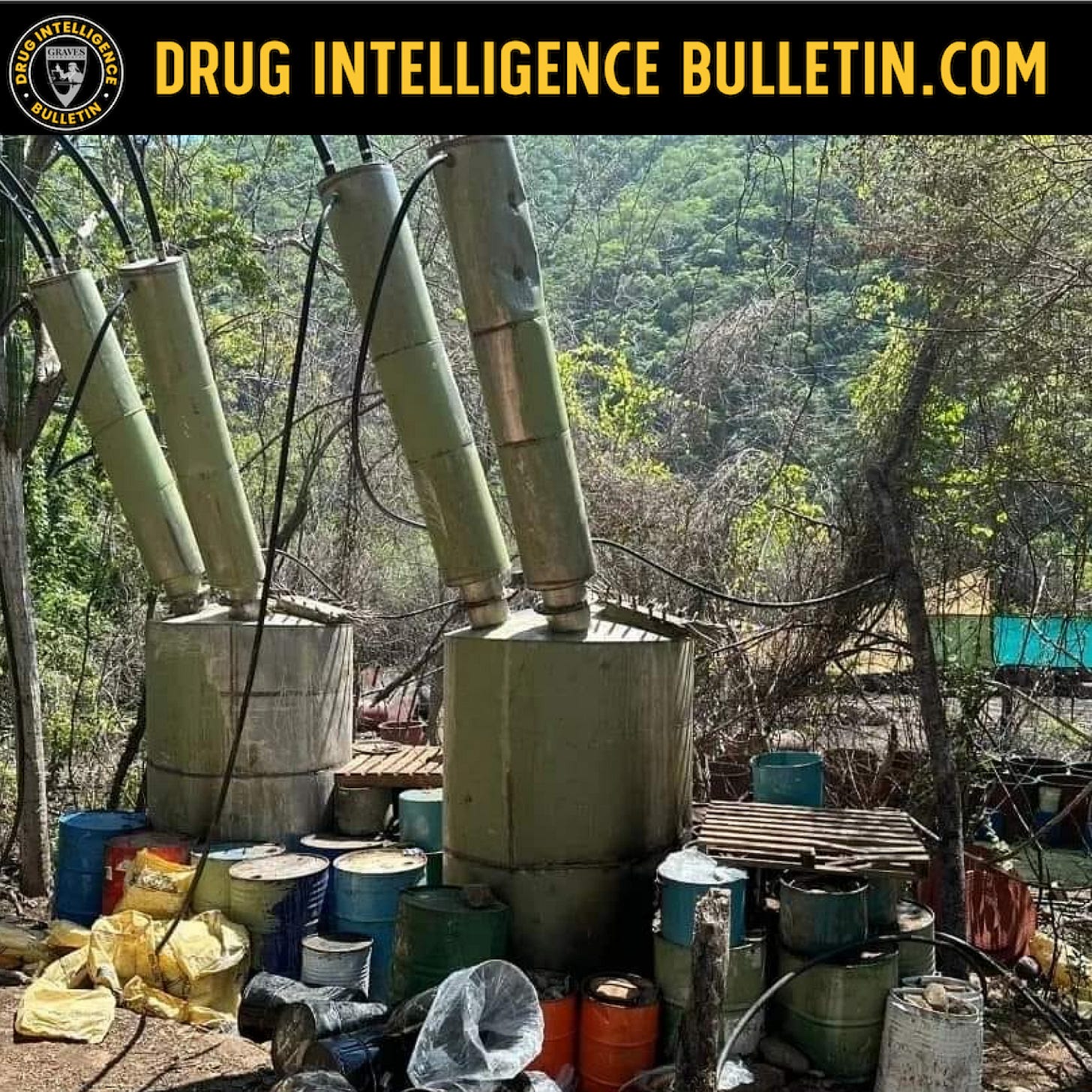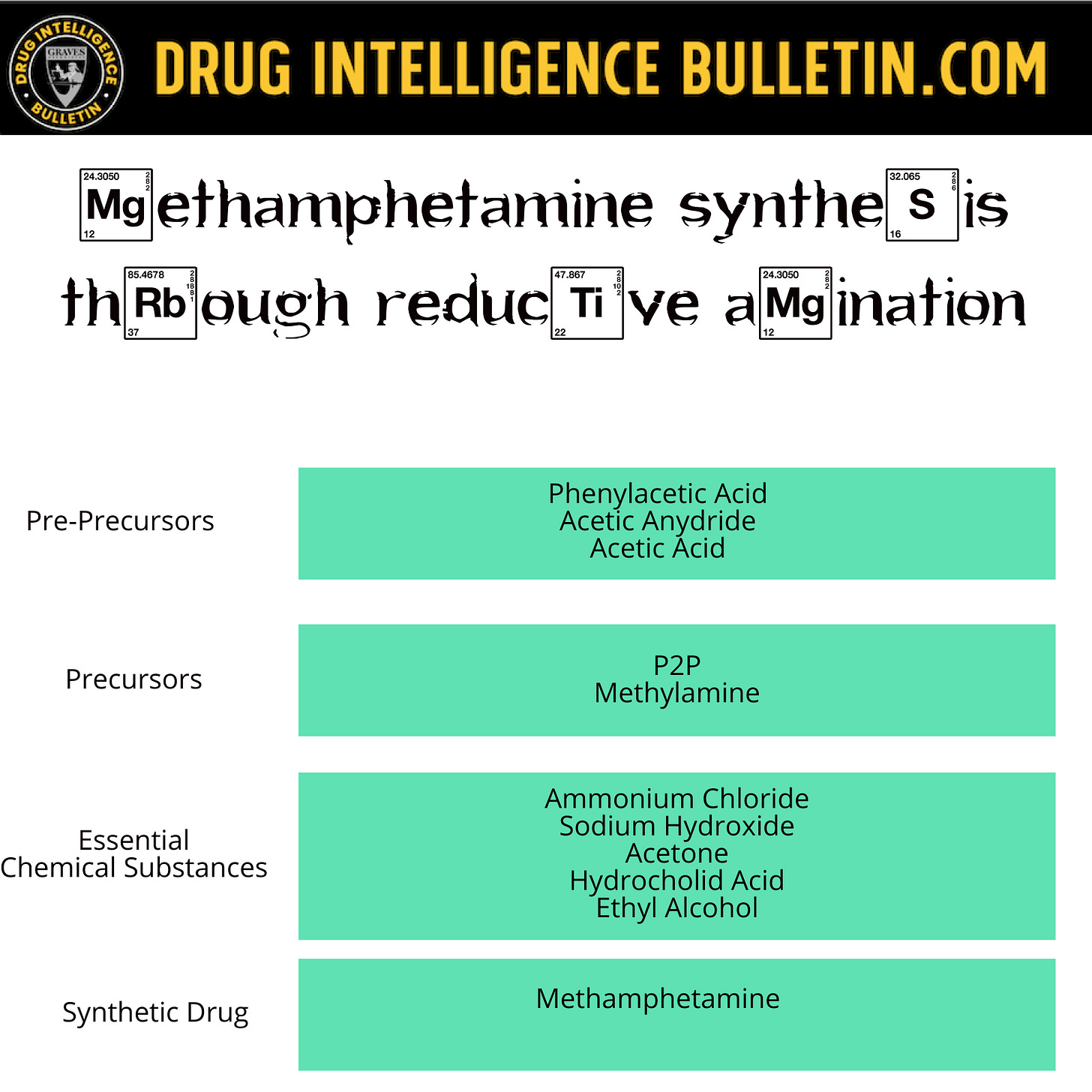Mexico’s Meth Producers Innovate with In-House Precursor Production
Mexican methamphetamine producers are adapting to stricter regulations by creating their own precursor chemicals. The Mexican Navy (Semar) has observed an increasing trend of criminal organizations manufacturing these essential components domestically rather than relying on imports. This strategic shift highlights the evolving methods of synthetic drug production in Mexico.
Increased Use of Less Regulated Chemicals
The shift towards using less regulated chemicals for methamphetamine production has been confirmed by Mexico’s Navy Secretariat. According to Semar officials in Manzanillo, Mexican criminal groups are now producing their own precursor chemicals, significantly altering the traditional supply chain. This transition is marked by a noticeable increase in the importation of dual-use chemicals—substances that have both legitimate industrial uses and potential applications in illicit drug production.
Key chemicals such as 1-phenyl-2-propanone (P2P) and methylamine, previously imported, are now synthesized locally. This change reduces the reliance on foreign suppliers and complicates efforts to track and regulate the precursor supply chain.
Strategic Seizures Highlight Trends
Recent seizures have underscored this trend. For instance, Semar recently confiscation of 88 tons of acetic acid in Manzanillo—an essential chemical in methamphetamine production. While acetic acid is widely used in legitimate industries, its role as a pre-precursor in drug manufacturing necessitates strict monitoring. The seizure occurred after the importing company failed to justify the substance's origin, reflecting the authorities’ increased scrutiny.
Sophistication in Production Techniques
The sophistication of methamphetamine production in Mexico has grown significantly. Historically, ephedrine was the primary precursor for methamphetamine. However, after Mexico tightened controls on ephedrine in 2008, producers shifted to the P2P and methylamine method. This method is more complex but offers greater flexibility in chemical synthesis routes, allowing producers to substitute chemicals more easily.
Mexican producers have stopped importing P2P and methylamine from major suppliers like China, opting instead to synthesize these chemicals in clandestine labs. This local production capability is a testament to the advanced knowledge and adaptability of these criminal organizations.
Implications for Law Enforcement
For law enforcement, these developments present new challenges. The ability of criminal groups to produce precursor chemicals locally makes it harder to disrupt the supply chain. The increased importation of dual-use chemicals also complicates enforcement efforts, as these substances have legitimate applications across various industries.
Authorities must now focus on monitoring and regulating the import and use of dual-use chemicals more rigorously. This involves scrutinizing supply chains and ensuring that companies can justify their chemical imports. Additionally, continued intelligence gathering and inter-agency cooperation will be crucial in countering the evolving methods of synthetic drug production.
Share Your Thoughts
The evolution of methamphetamine production in Mexico underscores the adaptability of criminal organizations. Law enforcement agencies must stay informed and agile to effectively combat these new methods. What are your thoughts on the implications of these developments for law enforcement? Share your insights and strategies in the comments below.





Thank you for the information,Brother! Blessings 🙏🏽